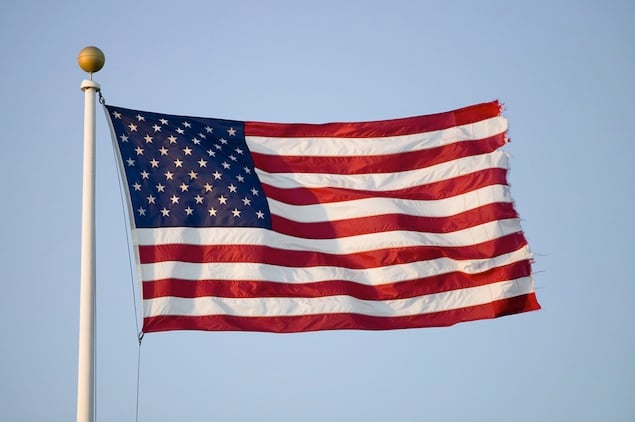The Pentagon has announced that it’s ceasing publication of the newspaper Stars and Stripes permanently. (Although this afternoon Trump seemed to walk that back in a tweet; what that actually means for the publication remains to be seen). We talked to Ernie Gates, the military publication’s two-term ombudsman.
People in the newsroom had been living under this threat for a while, right?
Absolutely, since the President’s budget was released to Congress in February, which happens every year. In that budget there were zero appropriated funds for Stars and Stripes, where there would have been about $15.5 million. There was a rationale deeper into the budget report that explained that the intention was to discontinue the publication altogether.
What would the US military lose if it lost Stars and Stripes?
The troops would lose, and their dependents on deployment would lose, the civilian DOD employees would lose. What they lose is that independent voice and independent coverage of their worlds. So you lose those kinds of stories, and all of the Covid stories that are that are uniquely local.
But in addition, people who are deployed don’t have the 24-hour access to digital news or to streaming news. Sometimes it’s just bad internet. Sometimes they’re just not allowed to take their personal devices on their deployment, or on the mission that they’re on. So in those cases, the print [editions] of Stars and Stripes―which are [printed] all over the world, there’s probably a dozen or more print sites and distribution networks―becomes really important.
The $15.5 million in cuts represent about half of Stars and Stripes’ budget, and all of the publication’s federal funding. Could the paper continue without it?
I don’t think it could do its mission without the funding. On one hand, that $15.5 million is what enables you to base reporters around the world. Truth is, the fact that Stars and Stripes is an element of the Department of Defense is part of what makes its enterprise work. Stars and Stripes has employment agreements with Korean nationals, Japanese nationals, German nationals, who are working in the press room, who are doing distribution, or doing all sorts of things. Those agreements are kind of nation-to-nation level agreements. It’s something to be proud of that our military embeds a First Amendment-style publication in its own organization. It says, look, this is how a democracy works. This is how free press works.
Do you see any hope that the news organization will be saved? [This interview was conducted shortly before Trump’s tweet in which he appeared to change his mind about defunding the paper.]
I have a lot of hope. I’m optimistic, even. I think there’s a lot of support in Congress. [There was the] letter from those senators and a separate letter from Senator Lindsey Graham, very strong support of Stars and Stripes continuing. The House has passed the budget bill and the defense policy bill with big margins—bipartisan margins—with bills that include money for Stripes. So I’m optimistic that when Congress eventually settles the budget for 2021, Stars and Stripes will be part of it.
The immediate issue is, will Secretary Esper at the Pentagon rescind the order to stop publishing on October 1, and commit to funding Stars and Stripes at the current levels? I’m optimistic that’s going to happen.


















